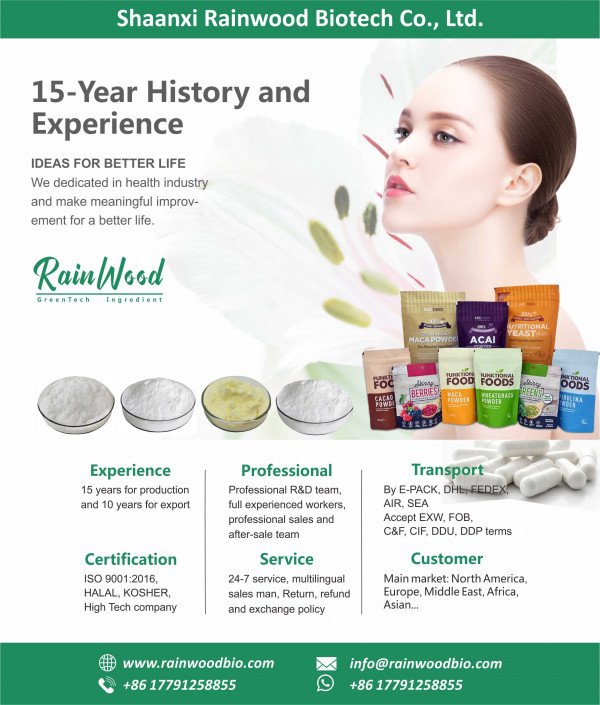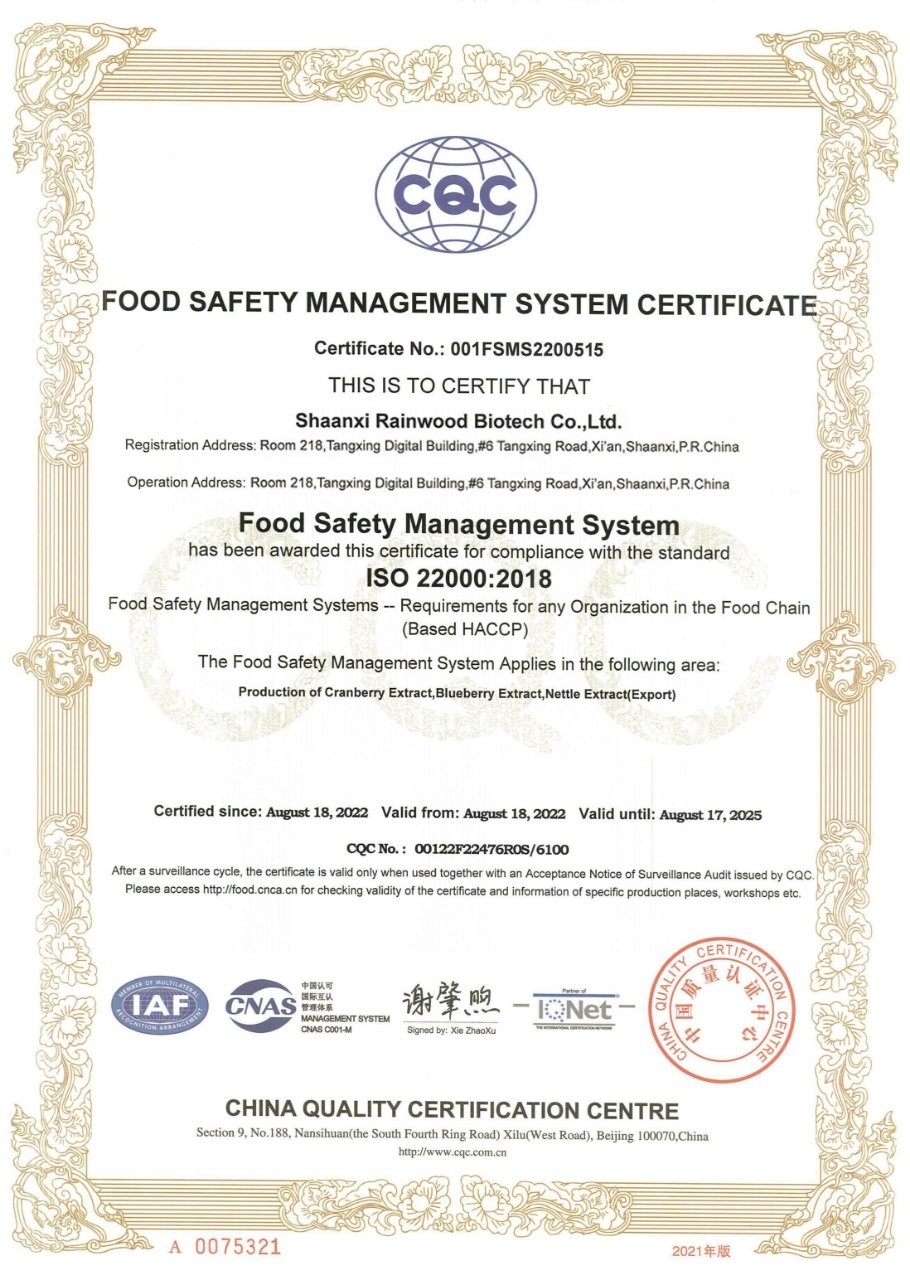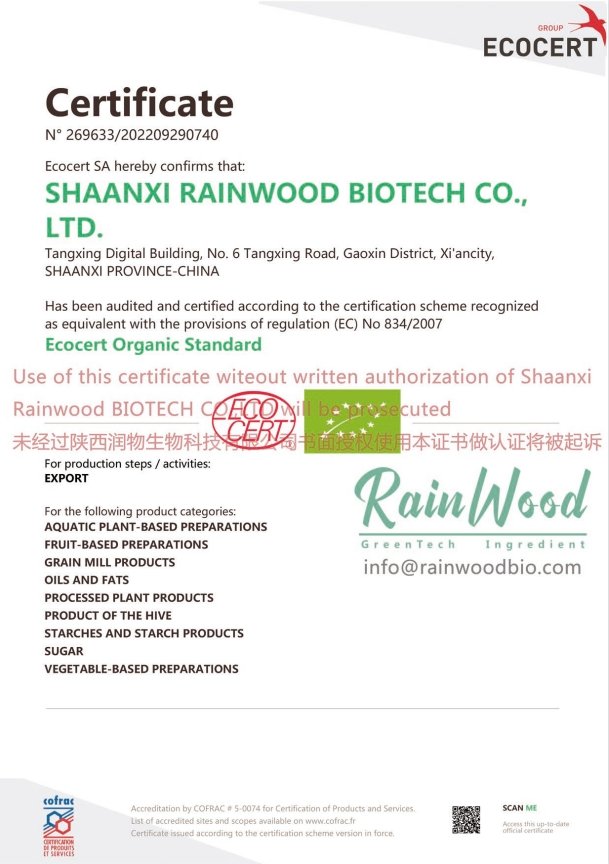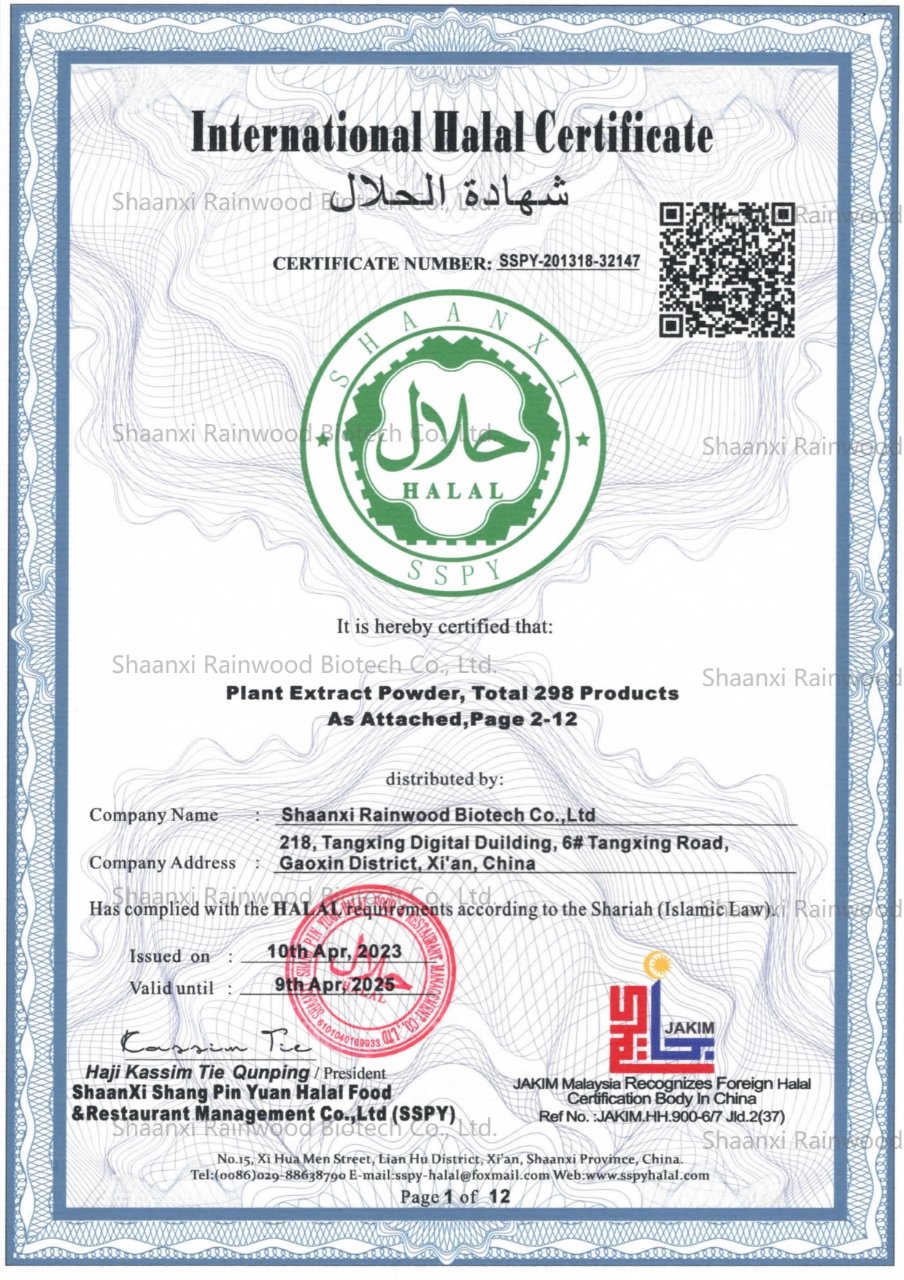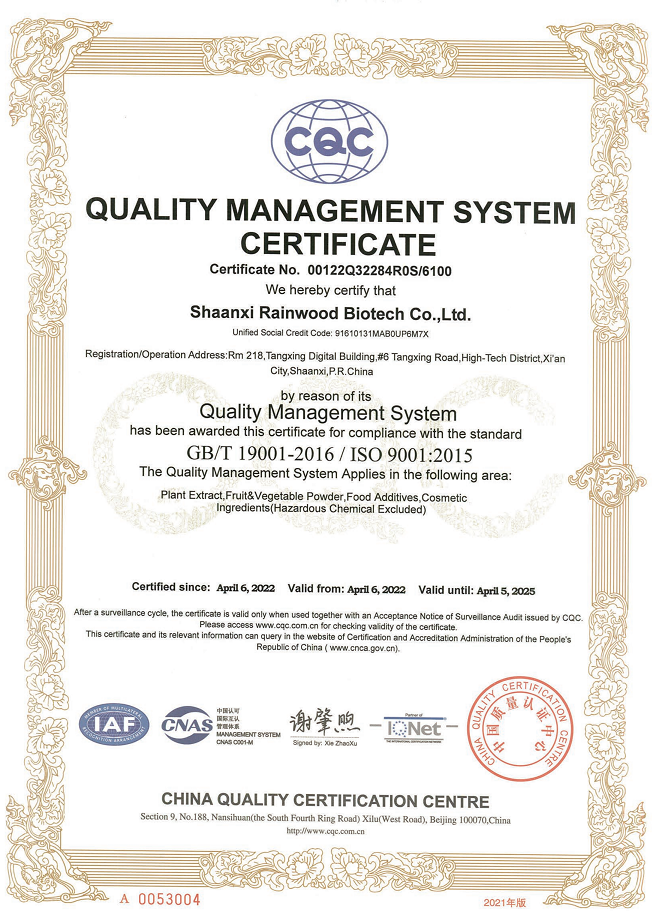What is ceramide? Ceramide is a naturally pure lipid found in the skin. Ceramides form a waterproof barrier on the surface of the skin. Not only do they help the skin lock in moisture, but they also promote skin barrier self-repair and regulate skin cells. The skin of a newborn baby is often coated with a waxy substance. This substance, called fetal fat, is mainly made of ceramide and prevents the skin from losing water. Ceramide production in the skin decreases with age, which can lead to dry skin, wrinkles, and some skin inflammation. In terms of its chemical structure, ceramides are composed of neuraminidol long chain base (~50% of the structure) and a fatty acid. Different combinations of neuraminidine bases and fatty acids form different ceramides. Nine naturally occurring ceramides have been found. This is coupled with the phytoceramides, the Psuedoides, and the synthetic ceramides.
Ceramide: A naturally pure waxy lipid found in the skin. It consists of a long chain of sphingosine bases and a fatty acid.
Phytoceramides: The spines that makeup ceramides are found in yeast, plants, and some mammalian tissues. Don’t be confused by the word “plant” in your name.
Ceramides: A lipid similar to ceramides in properties but different in structure. For example, ceramide E and arachidamide MEA are both ceramides. Ceramides are usually synthetic, but may also exist in natural forms.
Ceramide synthetic ceramide is a synthetic natural ceramide.
In most cases, ceramides used in cosmetics are synthetic (whether ceramides or ceramides) because they are too low in plants and too expensive to extract from animals. Whether synthetic or extracted naturally, the same chemical structure can achieve the same effect.
Two, what does ceramide have to maintain effect? (I) Efficacy of ceramide taken orally: only a few relevant studies have shown that ceramide taken orally contributes to sebaceous membrane repair. A study from Hitex, a company that specializes in making phytoneuroamides capsules, found that oral administration of phytoneuroamides can improve dry skin. Another experiment found that taking 20 or 40 milligrams of ceramide daily for three weeks reduced transcuticular water loss and increased skin water content, compared with the control group. Notably, the US Food Safety Administration (FDA) published an article demonstrating the safety of oral phytoceramides (and related supplements). But that doesn’t prove ceramide actually works. After all, oral ceramides do not have enough data to prove their effectiveness compared with oral collagen. As a topical skin care product, ceramide attracts more attention, so more experiments are focused on this area. Like previous articles in the anti-aging series, we will use Kligman Q&A to analyze the topical effects of ceramide.
- What is the efficacy mechanism of ceramide for external use? Ceramide is best known for its role as a waterproof barrier to the skin. In addition, the combination with other lipids in a certain proportion can strengthen the barrier function of ceramide. The optimal proportions are 50% ceramide, 25% cholesterol and 15% free fatty acids. This “transparent layered structure” of the mixture has a unique moisturizing function. Therefore, there is a mechanism to explain the maintenance effect of ceramide.
What is the transdermal absorption capacity of ceramide 2? Since ceramide occurs naturally in the epidermis, it is not difficult to explain its infiltration into the stratum corneum. The adhesive tape experiment proved that ceramide can penetrate deeper into the epidermis. The “sticky tape” method involves attaching a piece of tape to the skin and then ripping it off to analyze the composition of the skin cells on the tape. Each time the tape is removed, a layer of skin cells is attached to measure the penetration of a component. Here are two examples:
A friend of Dr. Zoe Draelos published a literature on ceramide penetration (Zoe Draelos wrote the famous textbook of Dermatology, Cosmetics and Dermatologic Problems and Solutions). Another experiment confirmed the former conclusion, but noted that the permeability of ceramides may depend on other ingredients in the formula. According to The Textbook of Cosmetic Dermatology, without The aid of glycerin ether, ceramide penetration would be no better than placebo.
Has the ceramide been experimentally proven to be effective? A number of studies have confirmed the efficacy of ceramides, but there are two concerns. First, some of the experiments did not use blind test or contrast experiment. Therefore, even if the experimental results show that ceramide is effective, there is no way to know whether products that do not contain ceramide will achieve the same effect. The second problem is that there are too many types of ceramides. In addition, the added concentration and the combination of ingredients can vary, so there is no way to determine which ceramide and which combination works best. All in all, though, there is plenty of experimental data to show that ceramides are good for skin care. Let’s cite a couple of studies.
A Japanese study showed that plant-based ceramides enhance the skin\’s ability to retain moisture compared to a placebo.
A study in mice published in the Journal of Clinical and Experimental Dermatology found that topical ceramides not only repaired the skin barrier but also protected the skin from surfactant irritants.
Kao group of Japan published a study showing that a can of face cream containing 8% ceramide E can increase skin water content and improve ectopic dermatitis. But there were no blind or comparison tests. It is worth noting that many experiments used 8% concentration, but actually the content of ceramide in skin care products is generally less than 1%.
According to The Textbook of Cosmetic Dermtology, some combinations of ceramides are more effective at repairing The damage (compared to placebos).
A paper called “Skin-identical lipids versus Petrolatum” shows that ceramides are not different from mineral oils. The experiment tested a mixture containing ceramic-3, cholesterol, oleic acid and palmitic acid. They also suggest that ceramides may not be in the ideal ratio to other lipids, so the results may be less than ideal.
There is another, more novel idea. Instead of supplementing the lost ceramide externally or orally, we can prevent its loss. We have enzymes in our skin called CerAMID -ases that specifically break down ceramides. In theory, if we can control the number of cerAMID-ases, we can keep ceramides in our skin. So far we\’ve only found one study, but because it\’s difficult to separate the CERAMID -ases from the skin, researchers have taken the enzyme from stool and nasal excrement.
- Moisturizing effect: Ceramide is the main component of the lipid in the cuticle of the skin, which can help repair the skin barrier and make the skin soft and shiny. But ceramide decreases with age, and the skin becomes dull and dry when it lacks it.
- Barrier function: Sufficient ceramide in the skin can resist the external stimulation, but without it, the skin will lose its own natural protective function and have no defense ability against all external physical and biological injuries. For example, if the skin is exposed to the sun, it is easy to get sunburned, and the weather becomes cold and turns red
- Anti-allergy effect: This is good news for children\’s shoes with thin skin. Ceramide can help thicken the cuticle, improve the tolerance of the whole skin, protect against the invasion of external harmful substances, avoid the occurrence of sensitivity, and repair the red blood silk.4. In addition, ceramide has a very good anti-aging, whitening and anti-oxidation effect.

Ceramide is one of our hot-sell products. Are you worried that you can’t find good Ceramide? From today onwards, you don’t have to worry about that anymore.
Shaanxi Rainwood Biotech is dedicated to cosmetic industry, In this field not only have rich experience, also have a good reputation. Its aim is to create a health care raw material brand that everyone can rest assured, to solve your choice of trouble!
